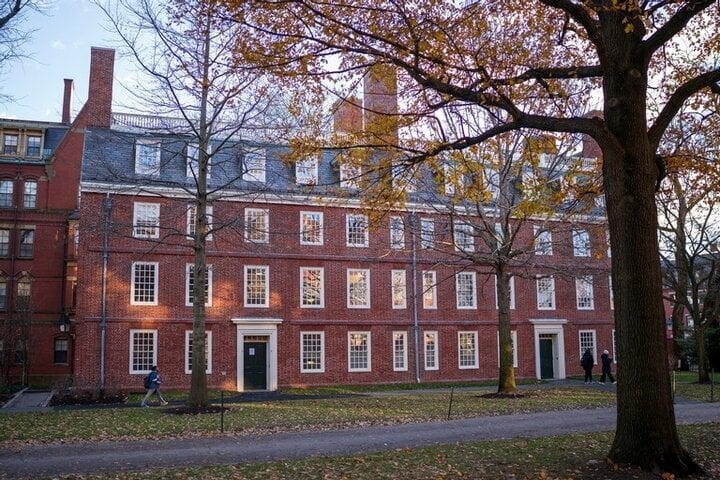Private schools in the United States are colleges or universities that operate as nonprofit educational institutions and do not receive funding from the state government. Private schools are typically smaller than public schools and have smaller class sizes, as defined by the U.S. Department of Homeland Security.

American private educational institutions employ a variety of approaches to ensure strong and stable financial resources.
Private universities in the United States strive for academic excellence, shaping the future through research, innovation, and education. Behind the prestigious facade lies a complex web of financial operations, operated to sustain their mission.
Tuition
This is essentially one of the main sources of revenue for private universities and is often higher, even many times higher than public universities, to meet market demand, financial support policies, and all other operating costs.
For the 2020–2021 academic year, the average net tuition (total cost minus grants and scholarships) for first-time full-time undergraduate students at four-year institutions in the United States was $14,700 at public institutions, compared with $28,400 at private nonprofit institutions and $24,600 at private for-profit institutions, according to data from the U.S. National Center for Education Statistics (NCES).
The tuition fee for the 2023-2024 academic year at Harvard is announced on the school website as 54,269 USD, not including medical services, dormitories, or student services. The total amount students have to pay is about 79,450 USD (about 1.93 billion VND)/academic year.
Funding sources
Endowments are a major financial foundation for many private universities. These funds, often amounting to billions of dollars, support various university initiatives and programs.
Alumni, philanthropists and organizations contribute through fundraising campaigns and donations. These efforts are evident in the creation of scholarships for financially challenged students, the opening of research centers and modern facilities.
In the case of Harvard University, the endowment the school receives fluctuates around $50 billion (about 1,218 trillion VND) / year. This endowment is determined to be the largest among universities in the US and is larger than the GDP of more than 120 countries, including countries such as Tunisia, Bahrain and Iceland, according to CNBC News.
According to the school's endowment's most recent financial report, Harvard's endowment in fiscal year 2023 stands at $50.7 billion, down slightly from $50.9 billion in 2022 and $53.2 billion in 2021.
Allocating funds from the fund to financially support poor students is necessary for students from families with annual incomes below $150,000 (about VND3.6 billion), compared to the current tuition and fees of nearly $80,000 for the current school year.
Scientific research
Private universities are centers of cutting-edge research, attracting funding and research contracts from government agencies and private corporations.
Research and development spending by academic institutions totaled $89.9 billion in fiscal year 2021, up $3.4 billion (4.0%) from fiscal year 2020, according to data from the US National Center for Science and Technology Statistics.
Financial infusion not only enhances the school's academic standing but also contributes to the school's overall financial resources.
Additionally, strategic partnerships with corporations are an additional avenue for private universities to secure financial support. These partnerships go beyond monetary contributions and also promote research collaboration, internships, and employment opportunities for students.
In addition to academics, private universities also operate ancillary facilities such as bookstores, cafeterias, and housing. These services enhance the student experience while generating additional revenue for the university.
However, despite their financial success, private schools also face challenges in maintaining sustainable funding.
(Source: Vietnamnet)
Source





![[Photo] Prime Minister Pham Minh Chinh chaired a meeting of the Steering Committee on the arrangement of public service units under ministries, branches and localities.](https://vphoto.vietnam.vn/thumb/1200x675/vietnam/resource/IMAGE/2025/10/06/1759767137532_dsc-8743-jpg.webp)

![[Photo] Prime Minister Pham Minh Chinh chairs a meeting of the Government Standing Committee to remove obstacles for projects.](https://vphoto.vietnam.vn/thumb/1200x675/vietnam/resource/IMAGE/2025/10/06/1759768638313_dsc-9023-jpg.webp)





























































































Comment (0)